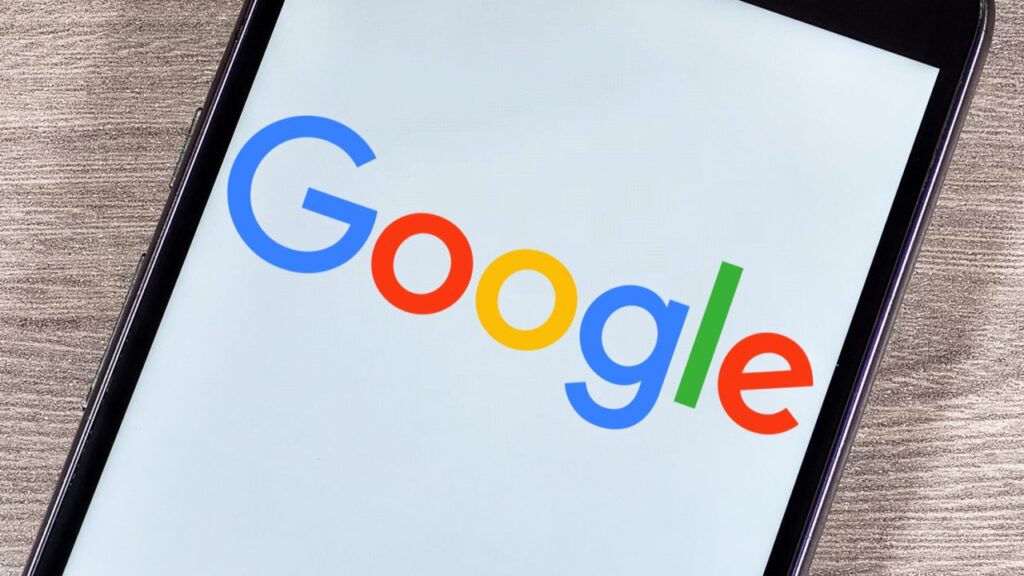Google core web vitals algorithem updates ?
In the race for higher organic search rankings, every company with a web presence is trying to please Google and figure out the algorithm being used to rank their website. For the most part, sticking to a consistent content plan and above-the-board SEO tactics will help you rank for your targeted phrases. But, in May of 2020, Google made an announcement that goes beyond what you may be able to update on your own as a marketer.
The Core Web Vitals algorithm update is designed to give visitors to any website a more pleasant, and more secure, page experience than ever before. These updates started rolling out in June 2021 and appear to be more fully in place as of July 2021. What should you do so you’re less likely to lose your organic rankings as a result of the recent changes?
The metrics that Google is now using dig deeper into how the website is coded and how that code turns into a web page that you and I can see. There are some things that a marketer can do and there are other aspects that you may need to have a developer look at more closely. A technical SEO report can give you a better idea of what Google is seeing and what you might need to do to improve your visibility.

PAGE EXPERIENCE METRICS YOU NEED TO KNOW
Google wants your visitors to have a great experience. They have outlined the following items as important for ensuring they get the information they’re looking for securely, quickly and in an easy-to-use format. These include:
- Mobile-friendliness — how well the website looks and operates on mobile devices.
- Safe browsing — no presence of malicious (i.e. malware) or deceptive content.
- HTTPS — ensuring the security of the data submitted through the website.
- Intrusive interstitials – making it easy to read the content without something taking over the screen (ie: pop-ups)
- Core Web Vitals — LCP, FID, CLS
Let’s talk about the newest addition to the ranking algorithm, Core Web Vitals, and what they mean for your visibility in Google’s search results.
CORE WEB VITALS EXPLAINED
- LCP (Largest Contentful Paint) — “Why do I see white space instead of content?!”
LCP measures how well your webpage is loading. To offer a stellar user experience, the loading time (time from the moment a page starts loading to the moment it is fully loaded) should be faster than 2.5 seconds. Anything between 2.5 and 4 seconds is considered mediocre. A loading time longer than 4 seconds is poor. - FID (First Input Delay) — “I just clicked that. Why didn’t anything change?!”
FID measures the interactivity of your webpage (the time it takes for the website to respond to such users’ actions as clicking a link, tapping a button, etc.). To rank high, your website’s FID should be faster than 100 milliseconds. Anything between 100 and 300 milliseconds is considered mediocre. An FID longer than 300 milliseconds is poor. - CLS (Cumulative Layout Shift) — “I was about to click that. Why did it move?!”
CLS measures the visual stability of your website (how often visible elements on the website change their positions, forcing the user to search for the lost place in the text or the button they were trying to tap). To rank high, your CLS should be less than 0.1. Anything between 0.1 and 0.25 is considered mediocre. A CLS higher than 0.25 is poor.